Summary
The site is open year-round and offers visitors an opportunity to learn about the history of the internment camp.
There are several reasons why visitors might choose to visit Manzanar National Historic Site. First, it is an important historical site, providing insight into a significant period in American history. Second, the site offers visitors a chance to learn about the experience of Japanese-Americans who were interned during the war. Finally, the site offers beautiful views of the surrounding landscape, making it a popular destination for nature enthusiasts.
Some of the key points of interest to see at the site include the barracks, mess hall, and guard tower, which have been restored to their original condition. Visitors can also explore the Interpretive Center, which houses exhibits and artifacts that provide historical context and detail about life in the camp.
One interesting fact about the site is that it was designated a National Historic Site in 1992 and is now managed by the National Park Service. It is one of ten internment camps that were established in the United States during World War II.
The best time of year to visit Manzanar National Historic Site is during the spring or fall months when temperatures are moderate. However, the site is open year-round and visitors can enjoy the changing seasons throughout the year.
Weather Forecast
Park & Land Designation Reference
Large protected natural areas managed by the federal government to preserve significant landscapes, ecosystems, and cultural resources; recreation is allowed but conservation is the priority.
State Park
Public natural or recreational areas managed by a state government, typically smaller than national parks and focused on regional natural features, recreation, and education.
Local Park
Community-level parks managed by cities or counties, emphasizing recreation, playgrounds, sports, and green space close to populated areas.
Wilderness Area
The highest level of land protection in the U.S.; designated areas where nature is left essentially untouched, with no roads, structures, or motorized access permitted.
National Recreation Area
Areas set aside primarily for outdoor recreation (boating, hiking, fishing), often around reservoirs, rivers, or scenic landscapes; may allow more development.
National Conservation Area (BLM)
BLM-managed areas with special ecological, cultural, or scientific value; more protection than typical BLM land but less strict than Wilderness Areas.
State Forest
State-managed forests focused on habitat, watershed, recreation, and sustainable timber harvest.
National Forest
Federally managed lands focused on multiple use—recreation, wildlife habitat, watershed protection, and resource extraction (like timber)—unlike the stricter protections of national parks.
Wilderness
A protected area set aside to conserve specific resources—such as wildlife, habitats, or scientific features—with regulations varying widely depending on the managing agency and purpose.
Bureau of Land Management (BLM) Land
Vast federal lands managed for mixed use—recreation, grazing, mining, conservation—with fewer restrictions than national parks or forests.
Related References
Area Campgrounds
| Location | Reservations | Toilets |
|---|---|---|
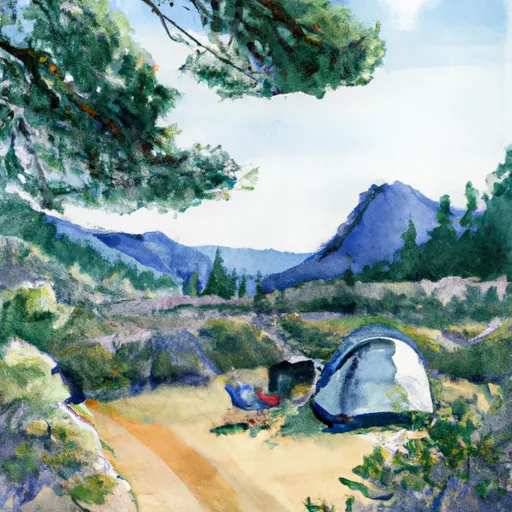 Symmes Creek
Symmes Creek
|
||
 Independence Creek County Campground
Independence Creek County Campground
|
||
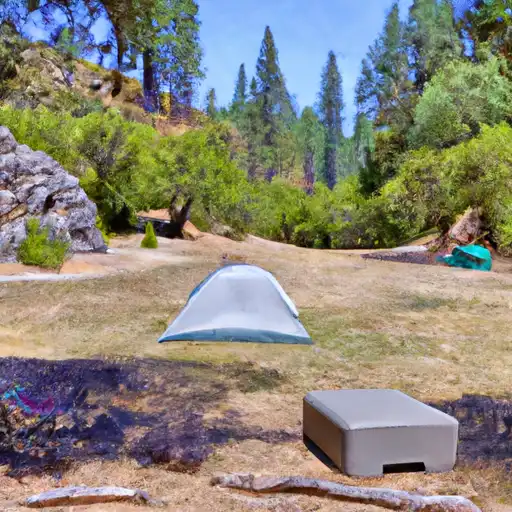 Independence Creek
Independence Creek
|
||
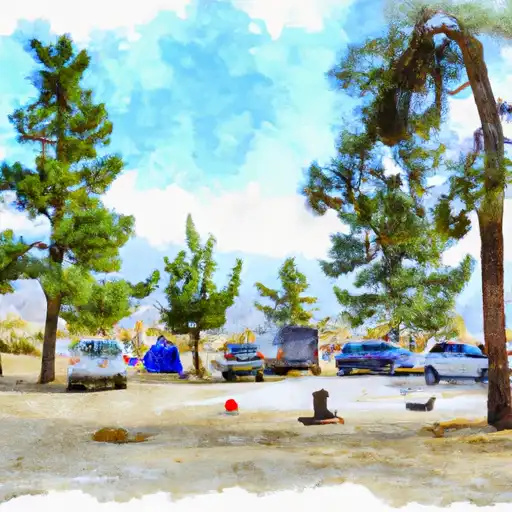 Lone Pine
Lone Pine
|
||
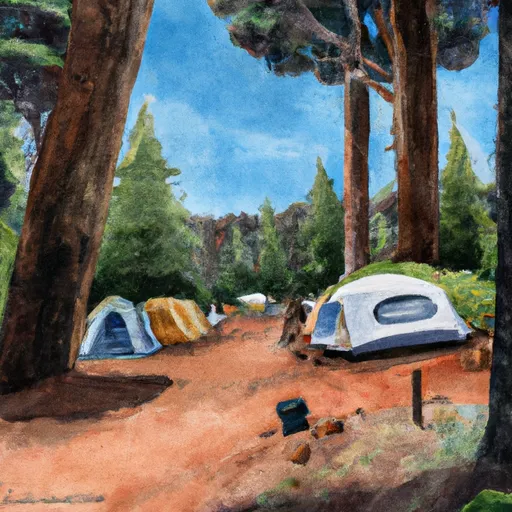 Lower Grays Meadow Campground
Lower Grays Meadow Campground
|
||
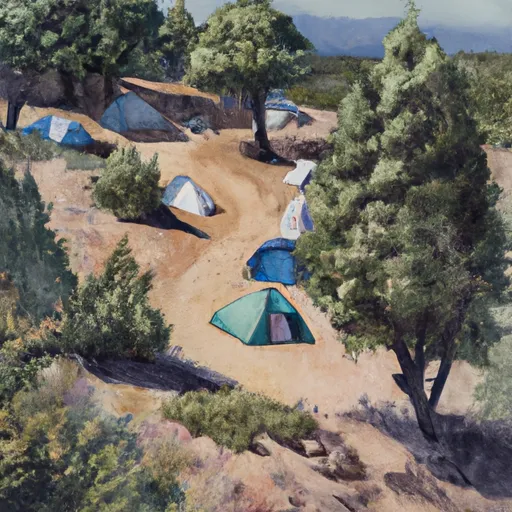 Grays Meadow
Grays Meadow
|

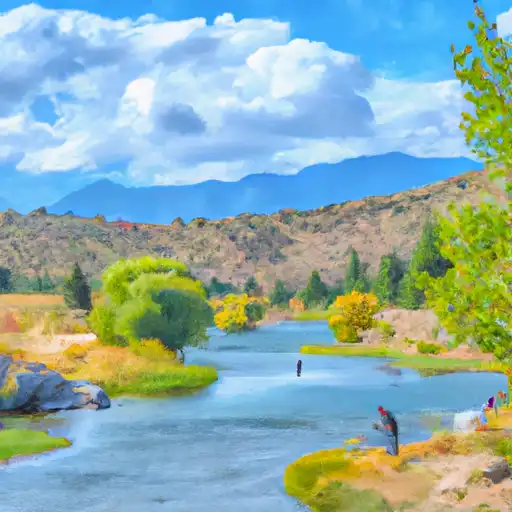 North Fork Lone Pine Creek
North Fork Lone Pine Creek
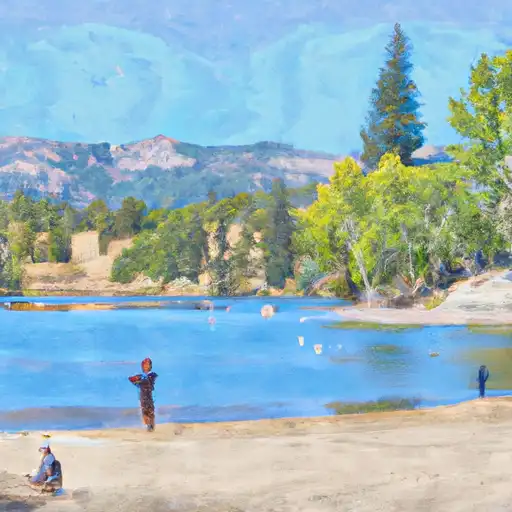 Robinson Lake
Robinson Lake
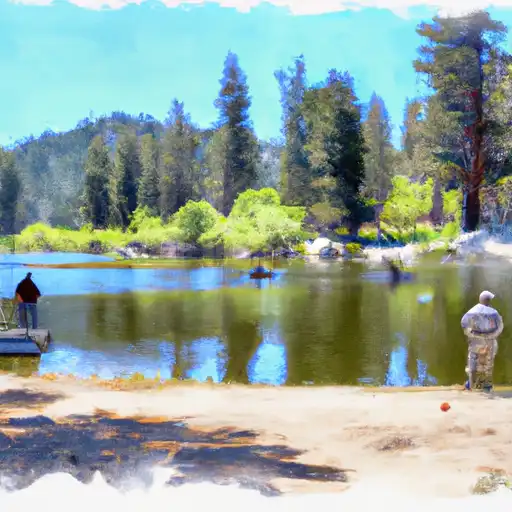 Lower Boy Scout Lake
Lower Boy Scout Lake
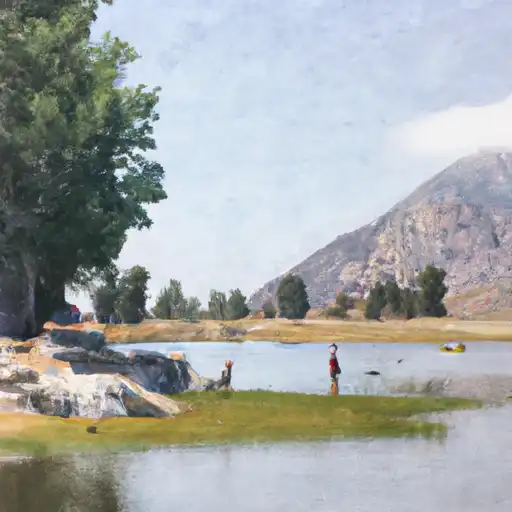 Lone Pine Lake
Lone Pine Lake
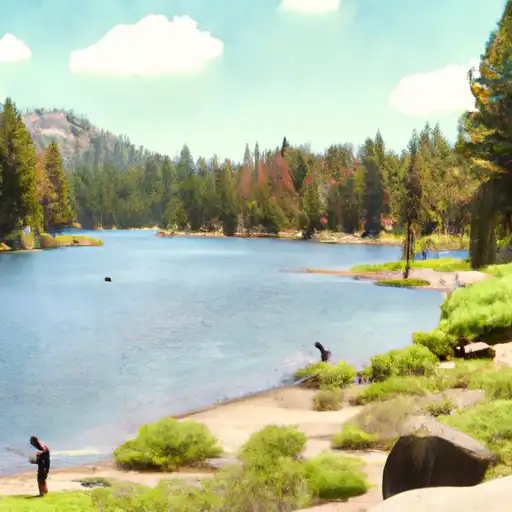 Upper Boy Scout Lake
Upper Boy Scout Lake